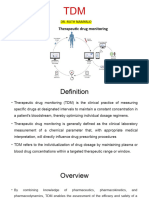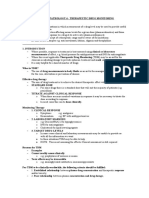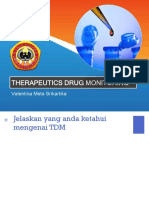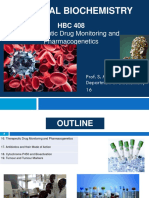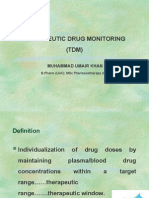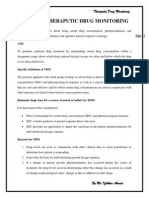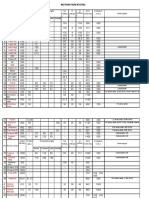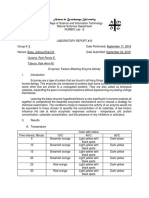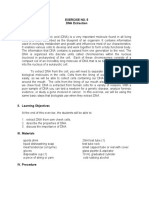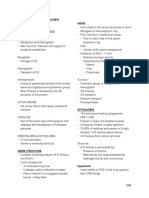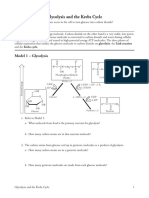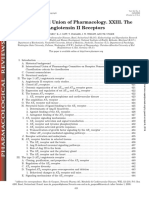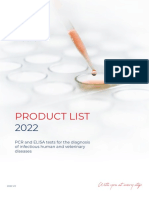0% found this document useful (0 votes)
104 views65 pagesTherapeutic Drug Monitoring Guide
The document defines therapeutic drug monitoring as measuring drug concentrations in patients' blood or plasma to determine dosages that maximize efficacy and minimize adverse effects, noting several drugs like digoxin, lithium, and phenytoin that require such monitoring due to their narrow therapeutic windows. It outlines key concepts in pharmacokinetics and pharmacodynamics that are important for therapeutic drug monitoring like volume of distribution, half-life, clearance, and therapeutic drug ranges.
Uploaded by
Sharan GupthaCopyright
© © All Rights Reserved
We take content rights seriously. If you suspect this is your content, claim it here.
Available Formats
Download as PPT, PDF, TXT or read online on Scribd
0% found this document useful (0 votes)
104 views65 pagesTherapeutic Drug Monitoring Guide
The document defines therapeutic drug monitoring as measuring drug concentrations in patients' blood or plasma to determine dosages that maximize efficacy and minimize adverse effects, noting several drugs like digoxin, lithium, and phenytoin that require such monitoring due to their narrow therapeutic windows. It outlines key concepts in pharmacokinetics and pharmacodynamics that are important for therapeutic drug monitoring like volume of distribution, half-life, clearance, and therapeutic drug ranges.
Uploaded by
Sharan GupthaCopyright
© © All Rights Reserved
We take content rights seriously. If you suspect this is your content, claim it here.
Available Formats
Download as PPT, PDF, TXT or read online on Scribd
/ 65











